三乙二醇单甲醚

三乙二醇单甲醚结构式

|
常用名 | 三乙二醇单甲醚 | 英文名 | m-PEG3-OH |
|---|---|---|---|---|
| CAS号 | 112-35-6 | 分子量 | 164.199 | |
| 密度 | 1.0±0.1 g/cm3 | 沸点 | 233.9±20.0 °C at 760 mmHg | |
| 分子式 | C7H16O4 | 熔点 | -44ºC | |
| MSDS | 中文版 美版 | 闪点 | 95.3±21.8 °C |
三乙二醇单甲醚用途m-PEG3-alcohol 是一种 PROTAC 连接桥 (PROTAC linker),属于 PEG 类,可用于合成 PROTACs。 |
| 中文名 | 三甘醇单甲醚 |
|---|---|
| 英文名 | triethylene glycol monomethyl ether |
| 中文别名 | 甲基三甘醇 | 三乙二醇甲醚 | 2-[2-(2-甲氧基乙氧基)乙氧基]-乙醇 | 三乙二醇单甲醚 |
| 英文别名 | 更多 |
| 描述 | m-PEG3-alcohol 是一种 PROTAC 连接桥 (PROTAC linker),属于 PEG 类,可用于合成 PROTACs。 |
|---|---|
| 相关类别 | |
| 靶点 |
PEGs |
| 体外研究 | PROTACs包含两种不同的配体,它们通过连接体连接;一种是E3泛素连接酶的配体,另一种是靶蛋白的配体。PROTACs利用细胞内泛素-蛋白酶体系统选择性降解靶蛋白 |
| 密度 | 1.0±0.1 g/cm3 |
|---|---|
| 沸点 | 233.9±20.0 °C at 760 mmHg |
| 熔点 | -44ºC |
| 分子式 | C7H16O4 |
| 分子量 | 164.199 |
| 闪点 | 95.3±21.8 °C |
| 精确质量 | 164.104858 |
| PSA | 47.92000 |
| LogP | -1.51 |
| 外观性状 | 黏的无色液体 |
| 蒸汽密度 | 5.66 (vs air) |
| 蒸汽压 | 0.0±1.0 mmHg at 25°C |
| 折射率 | 1.427 |
| 储存条件 | 室温 |
| 稳定性 | 具有醇、醚的化学性质。 |
| 分子结构 | 1、 摩尔折射率:41.24 2、 摩尔体积(cm3/mol):160.6 3、 等张比容(90.2K):386.3 4、 表面张力(dyne/cm):33.4 5、 极化率(10-24cm3):16.35 |
| 计算化学 | 1.疏水参数计算参考值(XlogP):无 2.氢键供体数量:1 3.氢键受体数量:4 4.可旋转化学键数量:8 5.互变异构体数量:无 6.拓扑分子极性表面积47.9 7.重原子数量:11 8.表面电荷:0 9.复杂度:67.5 10.同位素原子数量:0 11.确定原子立构中心数量:0 12.不确定原子立构中心数量:0 13.确定化学键立构中心数量:0 14.不确定化学键立构中心数量:0 15.共价键单元数量:1 |
| 更多 | 1. 性状:无色无臭的黏稠液体。 2. 沸点(ºC,101.3kPa):249 3. 熔点(凝固点)(ºC):-44 4. 相对密度(g/mL,20/20ºC):1.0494 5. 相对蒸汽密度(g/mL,空气=1):5.66 6. 折射率(20ºC):1.4381 7. 黏度(mPa·s,20ºC):7.5 8. 闪点(ºC,开口):118 9. 燃点(ºC):371 10. 蒸发热(KJ/mol):54.0 11. 燃烧热(KJ/mol):3563.4 12. 比热容(KJ/(kg·K),定压):2.18 13. 蒸气压(kPa,20ºC):<0.00133 14. 蒸气压(kPa,126ºC):1.33 15. 蒸气压(kPa,162ºC):6.67 16. 溶解性:与水混溶,20℃时在庚烷中溶解0.8%。 |
|
|||||||||||||||||||||||||||||||||||||||||||||||||||||||||||||||||||||||||||||||||||||||||||||||||||||||||||||||||||||||||||||||||||||||||||||||||||||||||||||||||||||||||||||||||||||||||||||||||||||||||||||||||||||||||||||||||||||||||||||||||||||||
| 个人防护装备 | Eyeshields;Gloves |
|---|---|
| 危害码 (欧洲) | Xi |
| 安全声明 (欧洲) | S24/25-S22 |
| 危险品运输编码 | NONH for all modes of transport |
| WGK德国 | 1 |
| RTECS号 | KL6390000 |
| 海关编码 | 2909499000 |
| 三乙二醇单甲醚上游产品 10 | |
|---|---|
| 三乙二醇单甲醚下游产品 10 | |
| 海关编码 | 2909499000 |
|---|---|
| 中文概述 | 2909499000 其他醚醇及其卤化、磺化、硝化或亚硝化衍生物. 增值税率:17.0% 退税率:9.0% 监管条件:无 最惠国关税:5.5% 普通关税:30.0% |
| 申报要素 | 品名, 成分含量, 用途 |
| Summary | 2909499000. ether-alcohols and their halogenated, sulphonated, nitrated or nitrosated derivatives. VAT:17.0%. Tax rebate rate:9.0%. . MFN tariff:5.5%. General tariff:30.0% |
|
Core-shell polymer nanoparticles for prevention of GSH drug detoxification and cisplatin delivery to breast cancer cells.
Nanoscale 7 , 17964-79, (2015) Platinum drug delivery against the detoxification of cytoplasmic thiols is urgently required for achieving efficacy in breast cancer treatment that is over expressed by glutathione (GSH, thiol-oligope... |
|
|
Chemical modification of neamine.
Oncogene 21(28) , 4462-70, (2002) The aminocyclitol antibiotic neamine has been modified chemically by removing one or two hydroxyl groups from the 2-deoxystreptamine moiety to give 5- and 6- deoxyneamines (5 and 10), as well as 5,6-d... |
|
|
Synthesis of uniform cyclodextrin thioethers to transport hydrophobic drugs.
Beilstein J. Org. Chem. 10 , 2920-2927, (2014) Methyl and ethyl thioether groups were introduced at all primary positions of α-, β-, and γ-cyclodextrin by nucleophilic displacement reactions starting from the corresponding per-(6-deoxy-6-bromo)cyc... |
| UNII-DN0P4Q4I16 |
| Ethanol, 2-(2-(2-methoxyethoxy)ethoxy)- |
| Triethylene glycol monomethyl ether |
| 3,6,9-Trioxa-1-decanol |
| Triglycol monomethyl ether |
| 2-(2-(2-Methoxyethoxy)ethoxy)ethanol |
| Methoxytriglycol |
| triethylene glycol methyl ether |
| Methoxytriethylene glycol |
| 2-[2-(2-Methoxyethoxy)ethoxy]ethanol |
| Ethanol, 2-[2-(2-methoxyethoxy)ethoxy]- |
| Methyltrioxitol |
| Methyl Triglycol |
| Methyltriglycol |
| MFCD00002875 |
| Methyl triethylene glycol |
| EINECS 203-962-1 |

 CAS号620-24-6
CAS号620-24-6 CAS号249508-40-5
CAS号249508-40-5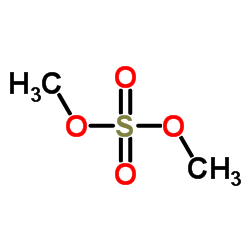 CAS号77-78-1
CAS号77-78-1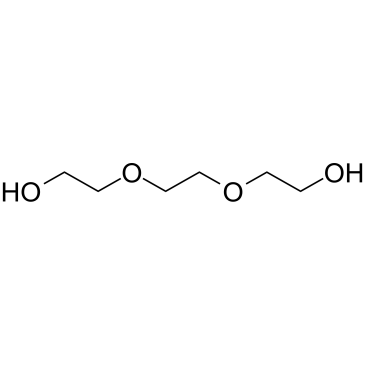 CAS号112-27-6
CAS号112-27-6![[2-(2-甲氧基乙氧基)乙氧基]乙酸结构式](https://image.chemsrc.com/caspic/383/16024-58-1.png) CAS号16024-58-1
CAS号16024-58-1 CAS号75-21-8
CAS号75-21-8 CAS号67-56-1
CAS号67-56-1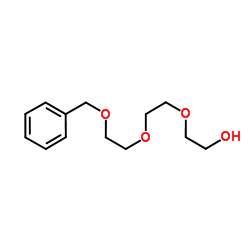 CAS号55489-58-2
CAS号55489-58-2 CAS号74-88-4
CAS号74-88-4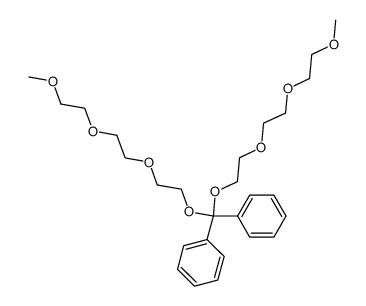 CAS号81194-71-0
CAS号81194-71-0![2-[2-[2-[2-[2-(2-methoxyethoxy)ethoxy]ethoxy]ethoxy]ethoxy]oxane结构式](https://image.chemsrc.com/caspic/447/146395-16-6.png) CAS号146395-16-6
CAS号146395-16-6![2-[2-[2-(2-methoxyethoxy)ethoxy]ethylamino]acetic acid结构式](https://image.chemsrc.com/caspic/271/184709-01-1.png) CAS号184709-01-1
CAS号184709-01-1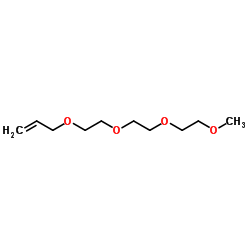 CAS号19685-21-3
CAS号19685-21-3 CAS号18854-48-3
CAS号18854-48-3 CAS号1297518-94-5
CAS号1297518-94-5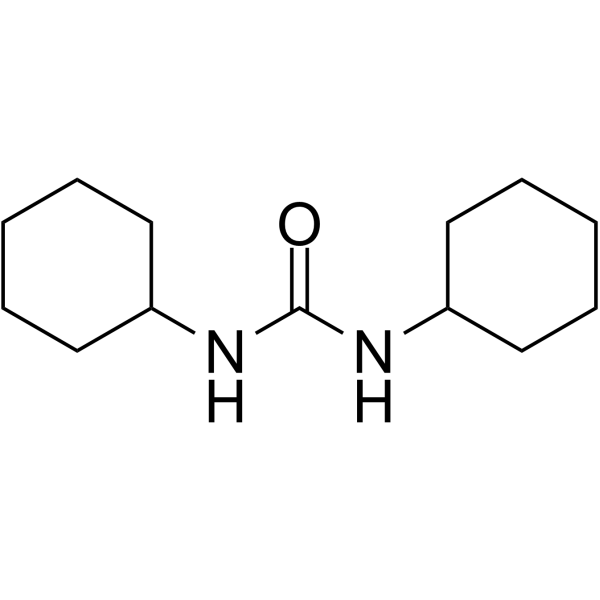 CAS号2387-23-7
CAS号2387-23-7![1,4-diiodo-2,5-bis[2-[2-(2-methoxyethoxy)ethoxy]ethoxy]benzene结构式](https://image.chemsrc.com/caspic/181/250608-58-3.png) CAS号250608-58-3
CAS号250608-58-3 CAS号26256-87-1
CAS号26256-87-1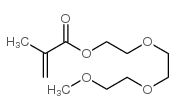 CAS号24493-59-2
CAS号24493-59-2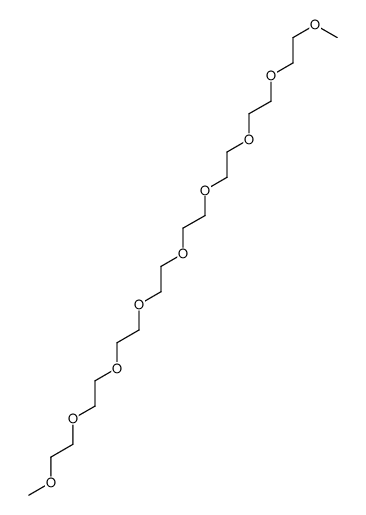 CAS号25990-94-7
CAS号25990-94-7
